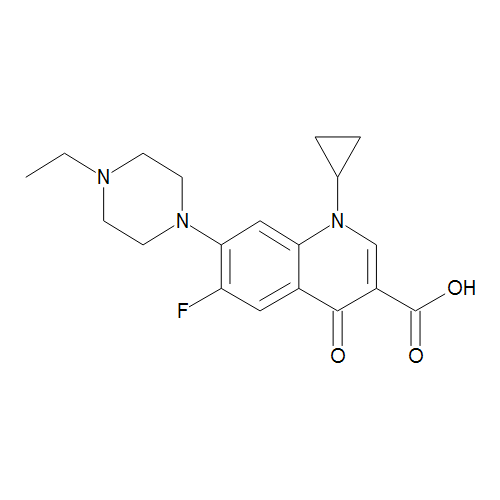Enrofloxacin is a broad-spectrum fluoroquinolone antibiotic that is primarily used for treating bacterial infections in veterinary medicine. This important antibiotic has helped reduce disease and promote animal health for over three decades. However, as with all antibiotics, proper use and stewardship is important to reduce resistance development.
Chemical Properties and Mechanism of Action
Enrofloxacin is a synthetic fluoroquinolone derivative that was developed and approved for veterinary use. Chemically, it is a fluorinated carboxyquinolone that contains a fluorine atom at the C-6 position and a pipedazine moiety at the C-7 position. This structure allows it to selectively inhibit bacterial DNA gyrase and topoisomerase IV which are essential enzymes involved in DNA replication, transcription, repair and recombination. By inhibiting these enzymes, enrofloxacin prevents bacterial DNA from unwinding and duplicating, which ultimately kills or inhibits the growth of the bacteria. It has a broad spectrum of activity against both gram-positive and gram-negative bacteria.
Spectrum of Antimicrobial Activity
The broad spectrum of Enrofloxacin means it can be effective against a wide variety of clinically important bacterial pathogens affecting animals. It shows excellent in vitro activity against respiratory pathogens like Pasteurella multocida, Mannheimia haemolytica and Mycoplasma species in cattle and pigs. It is also active against skin and soft tissue pathogens like Staphylococcus aureus and Streptococcus species. Enrofloxacin also inhibits enteric bacteria like Salmonella, Shigella, E. coli and members of the Enterobacteriaceae family that can cause intestinal infections in animals. Due to this broad activity profile, enrofloxacin is useful for the treatment of a wide range of infectious diseases in veterinary practice.
Clinical Uses and Pharmacokinetics
Enrofloxacin is most commonly used to treat respiratory tract infections, skin and soft tissue infections, enteric infections and septicemias in veterinary species. It has been formulated for oral, parenteral and topical administration depending on the clinical need. After intravenous administration, enrofloxacin is rapidly and widely distributed throughout the body with good penetration into lung, kidney and uterus tissues. The drug is metabolized in the liver and eliminated primarily via urine and feces. It has a plasma elimination half-life ranging between 6-11 hours depending on the animal species. This promotes once a day oral or intravenous dosing for most therapeutic regimens. The pharmacokinetic profile allows achievement of therapeutic drug concentrations at the site of infection.
Safety and Approved Veterinary Species
Enrofloxacin is generally well-tolerated when used as directed in approved veterinary species. Adverse effects are typically mild and reversible and may include gastrointestinal upset, loss of appetite, behavioral changes etc. However, like other quinolones, enrofloxacin can also cause arthropathy in young, growing animals if exposure occurs before skeletal maturity. Currently, enrofloxacin is approved by regulatory authorities for use in cattle, pigs, poultry, dogs and cats. It should never be used extra-label in food producing species without veterinary supervision due to concerns over drug residues. For companion animals, therapeutic dosage, duration and withdrawal times should be followed strictly as per veterinary prescription to avoid any harm.
Development of Antimicrobial Resistance
While enrofloxacin continues to be an important drug for treating bacterial diseases in animals due to its broad spectrum and pharmacokinetic properties, antimicrobial resistance is a growing concern with its extensive use globally. Several studies have reported emergence of quinolone-resistant strains of Salmonella, E. coli, Pasteurella and other pathogens in food animals linked to mass medication through feed and water. Indiscriminate use of enrofloxacin promotes selection of resistance both in the intended pathogens but also commensals that can harbor and spread resistant genes long-term in animal and agricultural ecosystems. Prudent use guidelines recommend enrofloxacin only be used therapeutically under veterinary oversight with appropriate ceasing of use once clinical cure is achieved to prevent further selection pressure and curb resistance development.
*Note:
1. Source: Coherent Market Insights, Public sources, Desk research
2. We have leveraged AI tools to mine information and compile it

